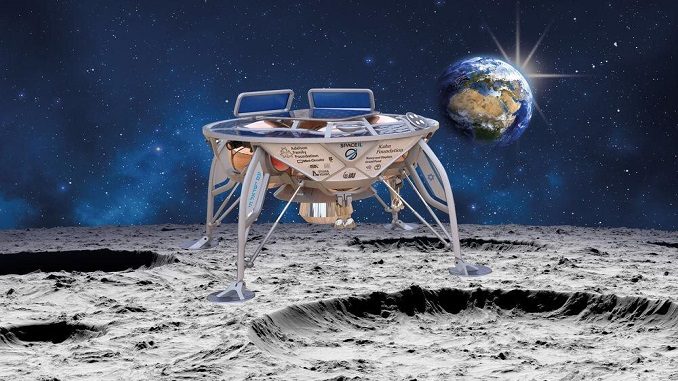
The Israeli spacecraft Beresheet crash-landed on the Moon on 11 April after apparent engine trouble moments before it was scheduled to touch down. The mishap ended the mission’s goal of becoming the first privately funded craft to make a controlled landing on Moon, Nature reported.
“Well, we didn’t make it. But we definitely tried,” said Morris Kahn, the president of SpaceIL, the non-profit company that built Beresheet, speaking from mission control in Yehud, Israel. “I think the achievement of getting to where we got is really tremendous.”
SpaceIL has not commented on what factors led to the crash landing, which dashed Israel’s dreams of becoming the fourth country to put a spacecraft on the Moon — alongside China, Russia and the United States. But Opher Doron, general manager of the space division at Israel Aerospace Industries, which partnered with SpaceIL on the mission, noted that Israel is now the seventh country to orbit the Moon successfully.
“Navigating a complex trajectory to lunar orbit and then attempting a soft landing on the Moon with an autonomous robotic spacecraft is a tremendous achievement regardless of the final outcome,” says Bob Richards, founder and chief executive of Moon Express, a company in Cape Canaveral, Florida, that is building its own lunar lander.
Beresheet – which means “in the beginning” in Hebrew – was the size of a small car. It was set to undertake a two-day scientific mission to study lunar rocks in a bid to understand the Moon’s magnetic past. At $100 million, the craft was relatively cheap for a Moon lander and its reported lack of back-up systems could have meant that it was vulnerable to even small failures.
A successful touchdown would have made Israel the fourth country to pull off a soft lunar landing, and SpaceIL would have become the first entity primarily funded by private donors to land a spacecraft on another world. The lander was carrying two scientific instruments and a digital time capsule that includes a “lunar library”, National Geographic adds.
According to AP, Beresheet carried a small laser retroreflector from NASA intended to measure magnetic fields and provide insight on the moon’s iron core. It also had a time capsule that included a Bible, Israeli cultural symbols and a picture of famed Israeli astronaut Ilan Ramon, who died in the crash of the U.S. space shuttle Columbia in 2003.

Be the first to comment